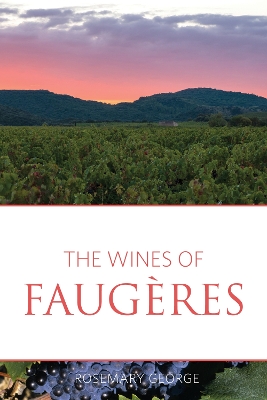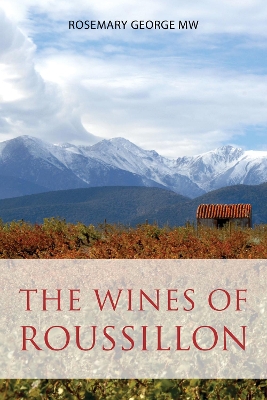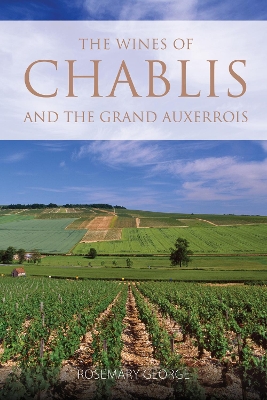The Classic Wine Library
5 total works
For the purposes of The wines of Languedoc, the Languedoc stretches from the appellations of Malepere and Cabardes to the west of Carcassonne as far as Sommieres, to the east of Montpellier, including better known appellations such as Faugeres, St Chinian, Minervois and Corbieres, as well as the more recently recognized like Terrasses du Larzac.
Master of Wine Rosemary George discusses the recent developments in the region, before covering each appellation, with its history, geography and terroir. She profiles a personal selection of wine growers, including some more established names, but focusing above all on the newcomers, of which there are many, and the potential future stars of the region.
Faugeres is a compact vineyard compared to many of the other appellations of the Languedoc, but the variety is infinite, prompted by the human hand and the perceptible differences between the different villages. The white wine, which accounts for just 2% of the appellation, is a perfect example of the way the white wines of the Languedoc are developing and improving with every vintage, their wonderful herbal flavours conjuring up the scents of the herbs of the garrigue, fennel, bay and thyme. Pink Faugeres, which accounts for 18% of the appellation, provides delicious refreshing drinking with acidity and delicate fruit. The wines of Faugeres always have a distinctive freshness which places them amongst the finest of the Languedoc.
Rosemary George's The wines of Faugeres is a comprehensive guide to the wines of a remarkably compact and homogeneous area which covers just seven villages and a couple of hamlets. The wines of Faugeres covers the history, geography and climate of the region, as well as its grape varieties and viticulture, before profiling the individual producers and their wines. It ends with an indispensable assessment of vintages going back to the creation of the appellation in 1982.
Faugeres' wines, currently little known outside of France, are set to become the next global wine discovery, and Rosemary George's The wines of Faugeres is the most up-to-date and authoritative guide to this beautiful region and its fascinating wines.
This is the first book-length study of the wines and winemakers of this stunning region. After considering the rich history of the region, particularly the Spanish effect, and explaining the predominance of vin doux naturel, George moves on to the viticulture, winemaking and grape varieties and the extraordinary variety of terroirs and soils of the region. The warm sunshine of Roussillon makes for very ripe grapes and wines with high alcohol. The topography of the vineyards of Roussillon is dominated by three river valleys, the Agly, Tet and Tech, flowing into the Mediterranean near Perpignan. The soil of Roussillon is enormously varied, indeed some of the most varied of all the vineyards of France. The viticulture of Roussillon is founded on Grenache, initially for vin doux naturel, but increasingly for table wines. And there are other grape varieties that are more roussillonais than languedocien, such as Macabeo, with its Spanish origins. The main part of The wines of Roussillon is the series of chapters by appellation, covering the key wine growers, with a balance of well-established estates and newcomers, and also some cooperatives.
Rosemary George's The wines of Roussillon is the ideal companion for anybody wishing to learn more about this intriguing region and the wines it produces.
of Chablis builds on Rosemary George's pioneering books on the region, The
wines of Chablis and the Yonne and The wines of Chablis and the Grand
Auxerrois, and brings the story of Chablis completely up to date. It begins
with the history of the region, from St. Martin de Tours in the fourth century
to the twenty-first century, and goes on to consider the vineyards, the Crus,
how the grapes are grown in this the most northerly wine growing region of
Burgundy, and how wine is made in Chablis in the twenty-first century.
The bulk of The wines
of Chablis profiles the producers. This Who's Who of Chablis winemakers and
estates is an invaluable, up-to-the-minute resource for all lovers of this
steely, dry white wine. George goes on to profile the most important wine
growers of the surrounding areas, the Grand Auxerrois, including the Cotes
d'Auxerre, Irancy, Coulanges-la-Vineuse, St. Bris le Vineux, Chitry-le-Fort,
Joigny, Tonnerre, Epineuil and Vezelay. Appendices cover one hundred years (and
more) of vintages, as well as vineyard areas and bans de vendange dates. Rosemary
George's The wines of Chablis is an
essential guide to the different wines of this part of France for all wine
professionals and enthusiastic amateurs.




